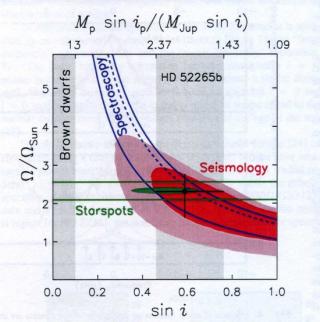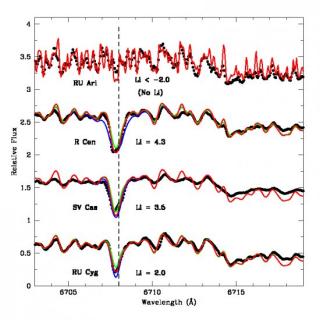The Universe in 3D, a brief presentation, will open the exhibition in Tegueste next Saturday, 19 January, at 19:30 in the Prebend Pacheco Hall
Advertised on
This section includes scientific and technological news from the IAC and its Observatories, as well as press releases on scientific and technological results, astronomical events, educational projects, outreach activities and institutional events.




